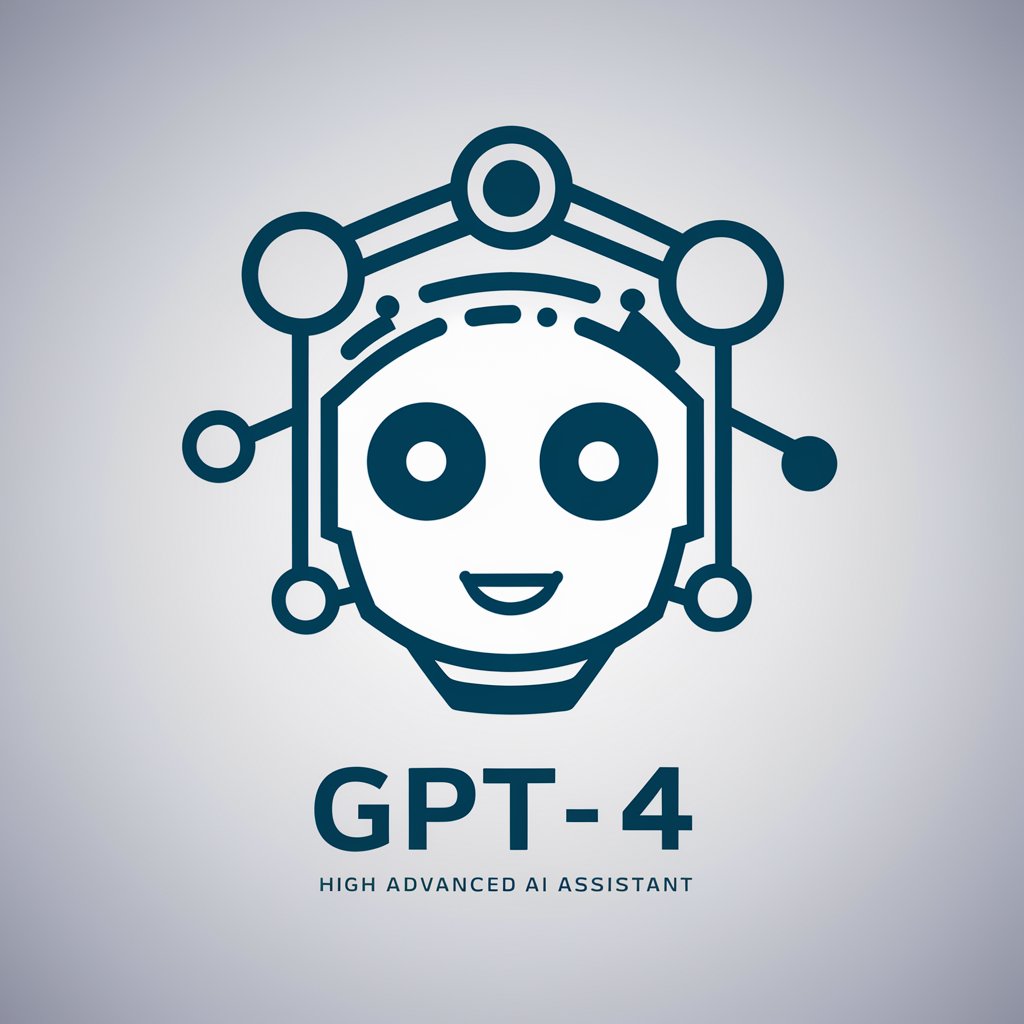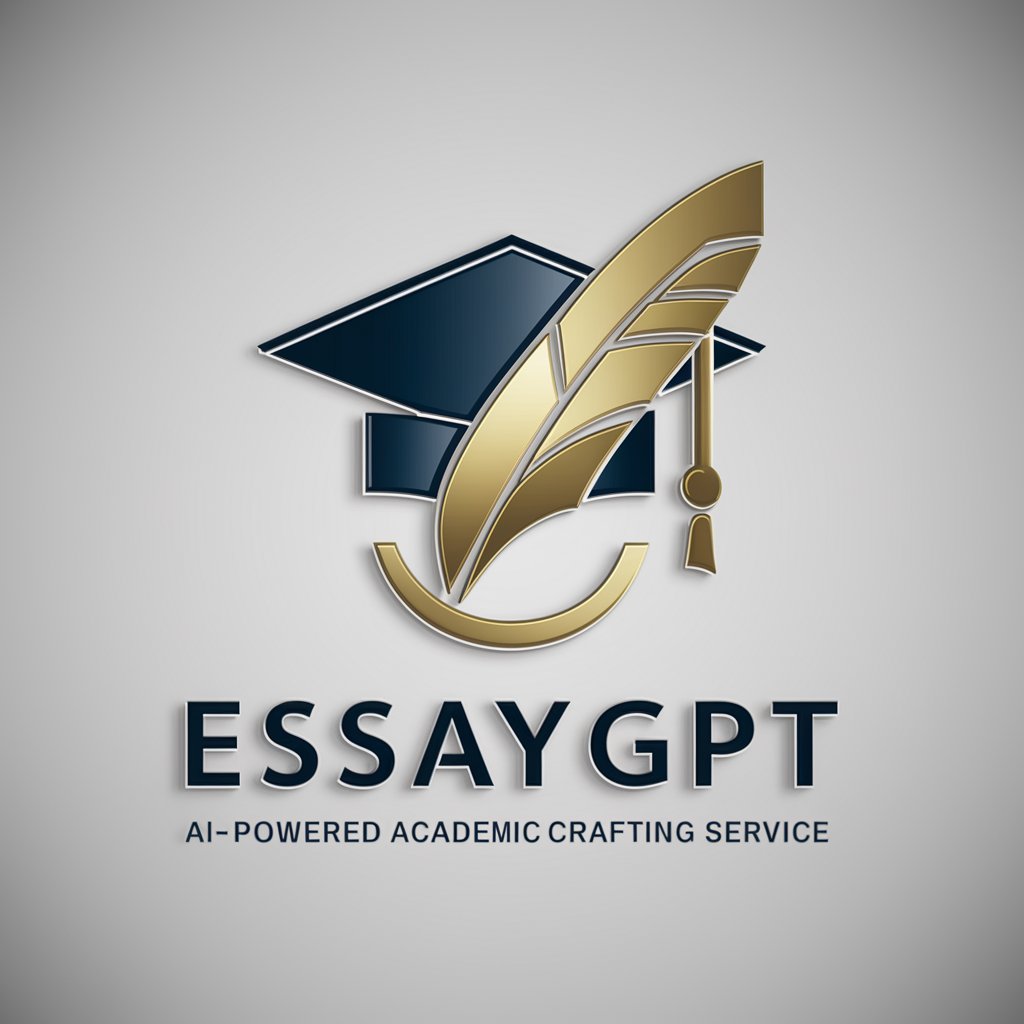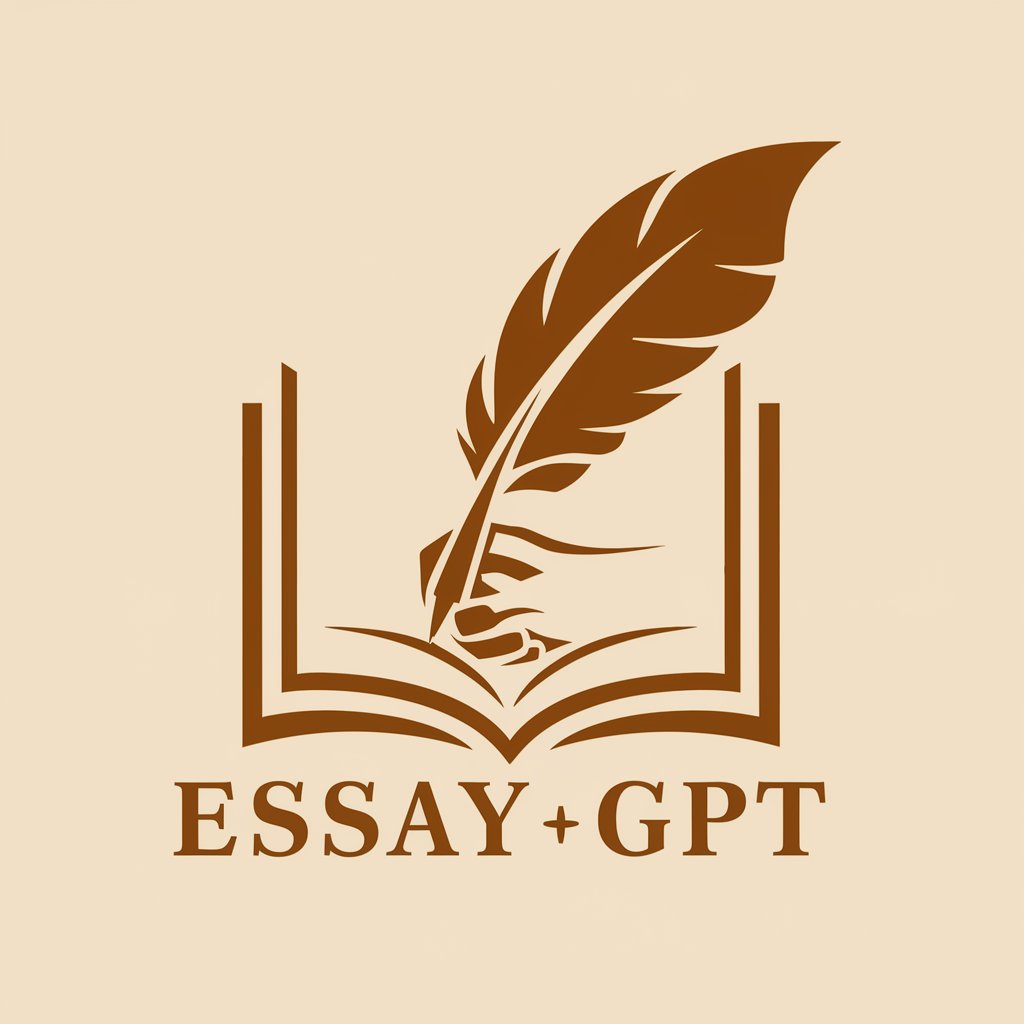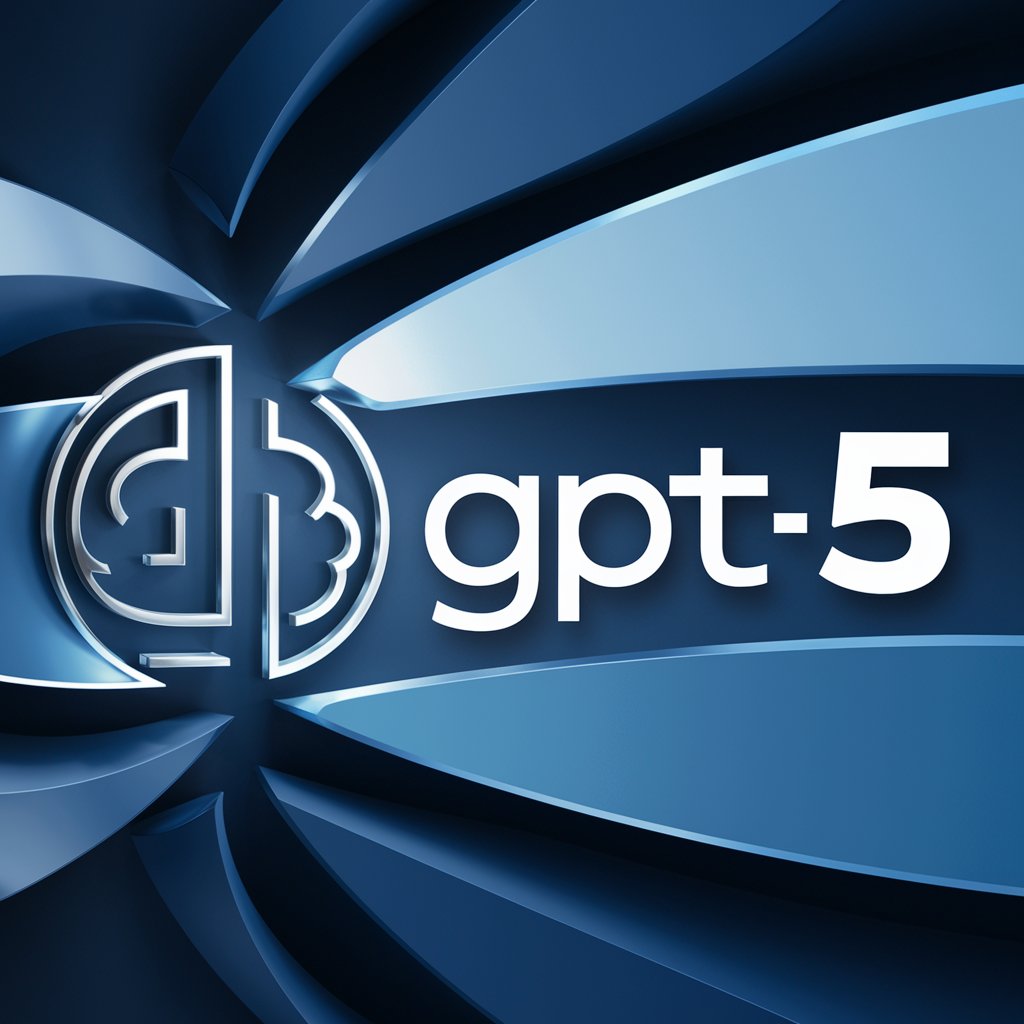
EssayGPT 2.0 - Expert-Level Essay Assistance
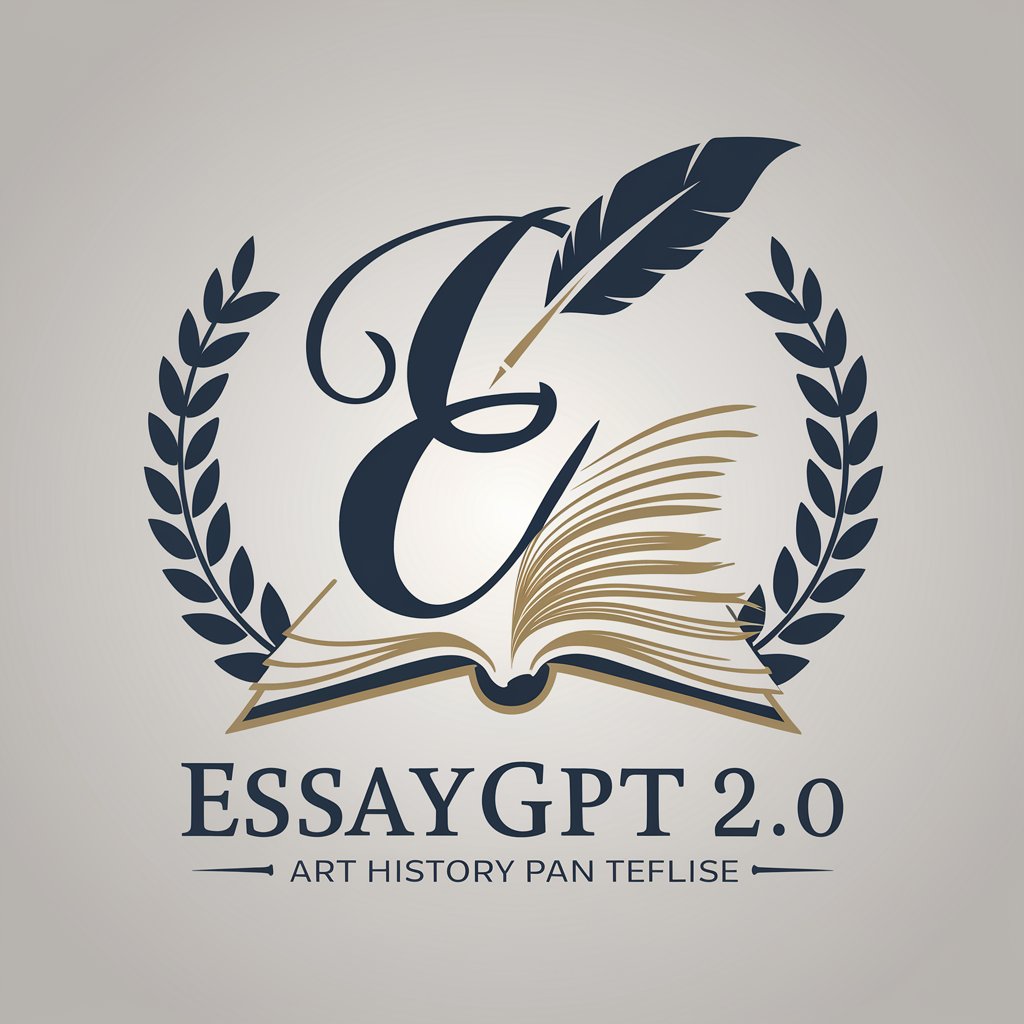
Greetings, Scholar! Ready to embark on your essay-writing journey?
Crafting Essays with AI Precision
Analyze the strengths and weaknesses of this essay.
Generate a thesis statement for an art history paper on...
Provide a step-by-step guide for writing an argumentative essay on...
Review and improve the coherence and clarity of this introduction paragraph.
Get Embed Code
Overview of EssayGPT 2.0
EssayGPT 2.0 is a specialized AI tool designed for aiding in academic essay writing. It's tailored to provide expert-level support, primarily focusing on art history and related fields. Its core functionality includes generating complete essays, offering improvement suggestions, and providing detailed feedback on user-submitted essays. It's equipped to handle various academic levels, from undergraduate to postgraduate and beyond, adapting its responses to fit the experience level and needs of the user. For instance, when given an essay prompt on 'Renaissance Art,' EssayGPT 2.0 can generate a comprehensive essay, complete with academic citations, or provide a detailed critique of a draft submitted by a student. Powered by ChatGPT-4o。

Key Functions of EssayGPT 2.0
Essay Creation
Example
Generating an essay on 'Modernism in American Art'
Scenario
A university student studying art history needs to write an essay on Modernism in American Art. EssayGPT 2.0 can create a complete essay, adhering to academic standards and incorporating proper citations.
Feedback and Revision
Example
Improving a draft on 'Baroque Architecture'
Scenario
An undergraduate student submits a draft on Baroque Architecture. EssayGPT 2.0 analyzes the essay, providing feedback on argument strength, coherence, and suggesting enhancements for clarity and academic rigor.
Interactive Learning
Example
Guiding through the essay writing process
Scenario
A novice in art history struggles with essay structure and flow. EssayGPT 2.0 offers a step-by-step guide, explaining how to construct an essay, from thesis development to conclusion, making the process more approachable.
Target User Groups for EssayGPT 2.0
University Students
Students at undergraduate and graduate levels benefit from comprehensive essay writing support, particularly those in art history and related fields. EssayGPT 2.0 assists them in understanding complex topics, structuring their essays, and ensuring academic integrity.
Educators and Academic Researchers
This tool aids educators in developing teaching materials and providing examples of high-quality academic writing. Researchers can use it for drafting literature reviews or exploratory essays in their fields.

Guide to Using EssayGPT 2.0
1
Start by visiting yeschat.ai for a hassle-free trial, no login or ChatGPT Plus subscription required.
2
Choose your academic level (undergraduate, graduate, etc.) and specify your essay topic, along with any formatting and citation style requirements.
3
Utilize the interactive features such as thesis statement generation (Hotkey A) and step-by-step essay breakdown (Hotkey S).
4
Submit your draft for analysis and feedback, focusing on argument strength, clarity, and coherence.
5
Download the final essay or use the feedback to make revisions. For beginners, engage with the Tutorial Mode (Hotkey T) for guided assistance.
Try other advanced and practical GPTs
Life Mentor
Empowering life choices with AI-powered Stoicism.
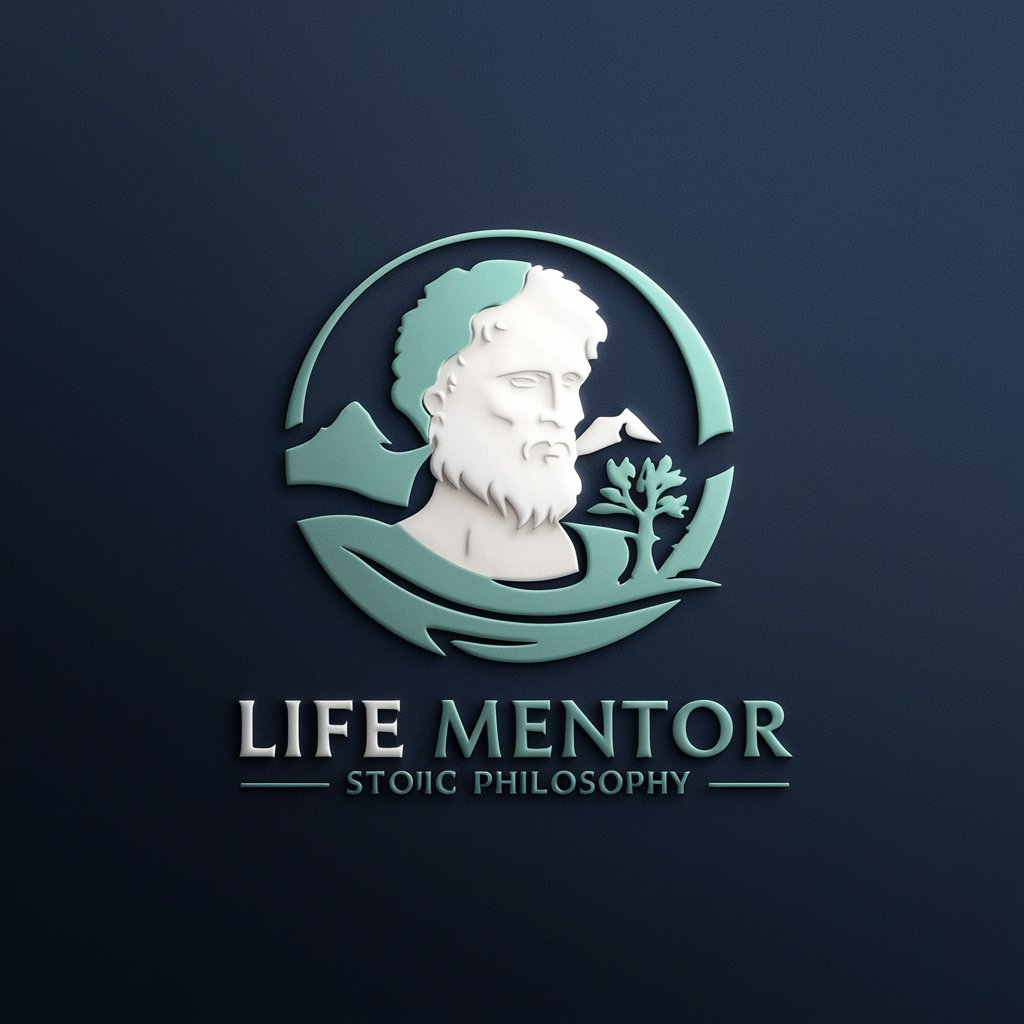
EssayGPT
Empowering your writing with AI

Sam Alt-text-man
Bringing Images to Words with AI
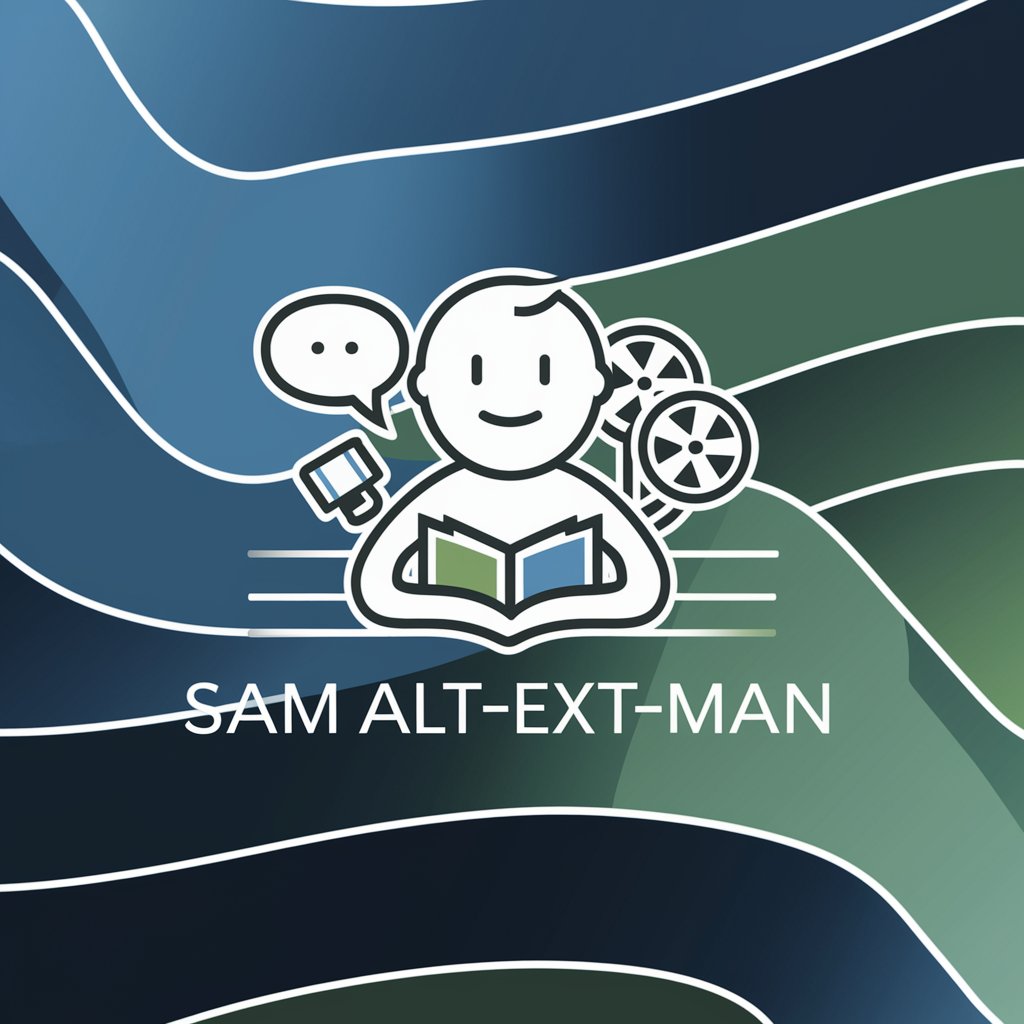
Melody Maker
Compose, Visualize, and Refine Music with AI
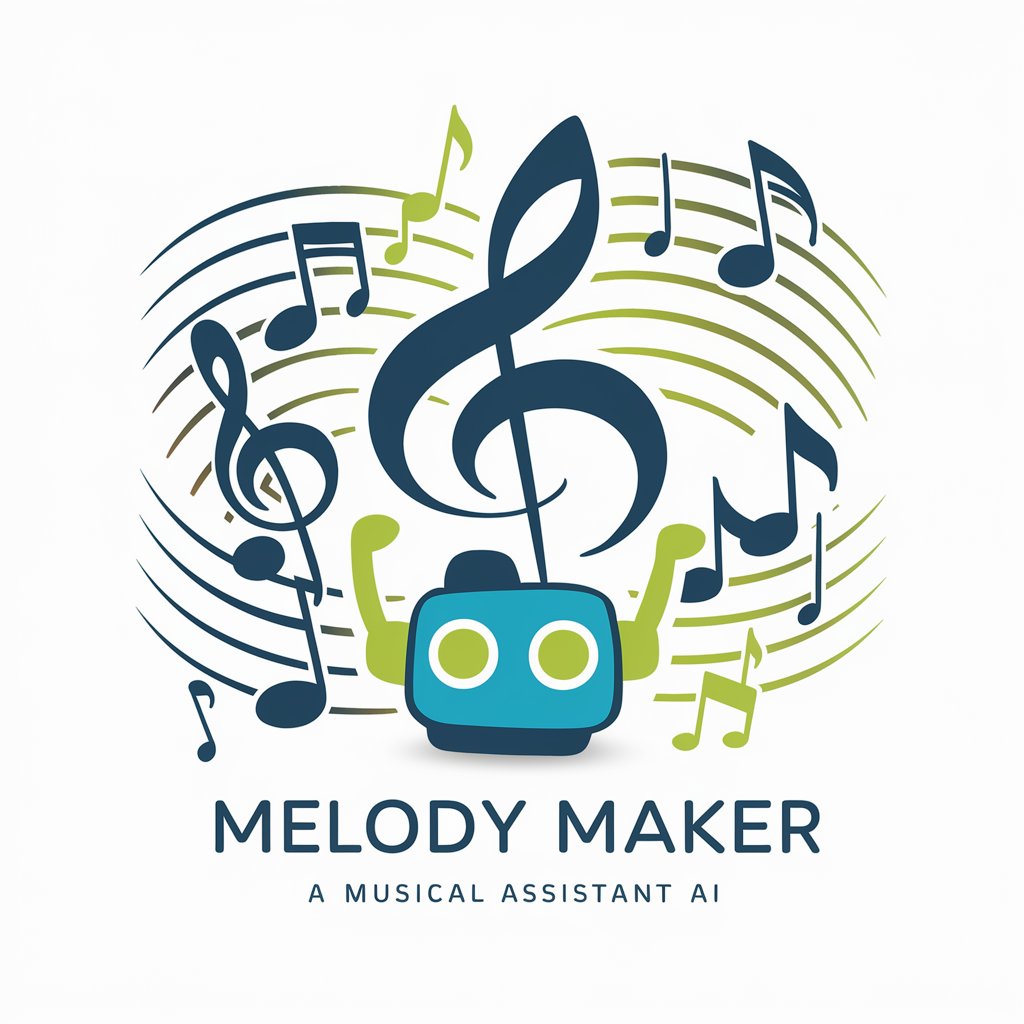
ImaginationGPT
Transforming music into dreamlike visuals.

論文日本語要約&ポスト作成くん
Simplifying Medical Literature with AI

Aiden v3
Empowering Conversations with AI Insight
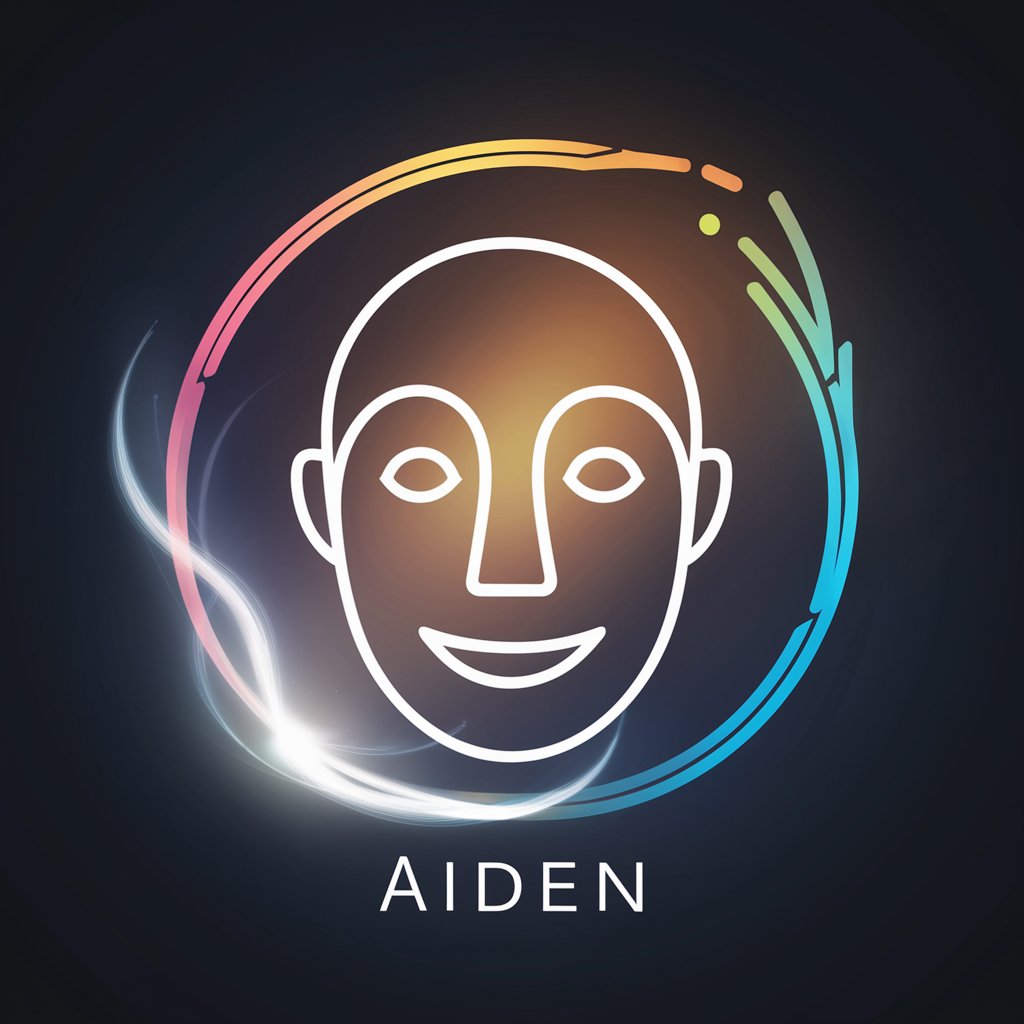
Your Spirit Animal
Discover your inner animal, powered by AI

Secret Love
Craft Your Own Love Story
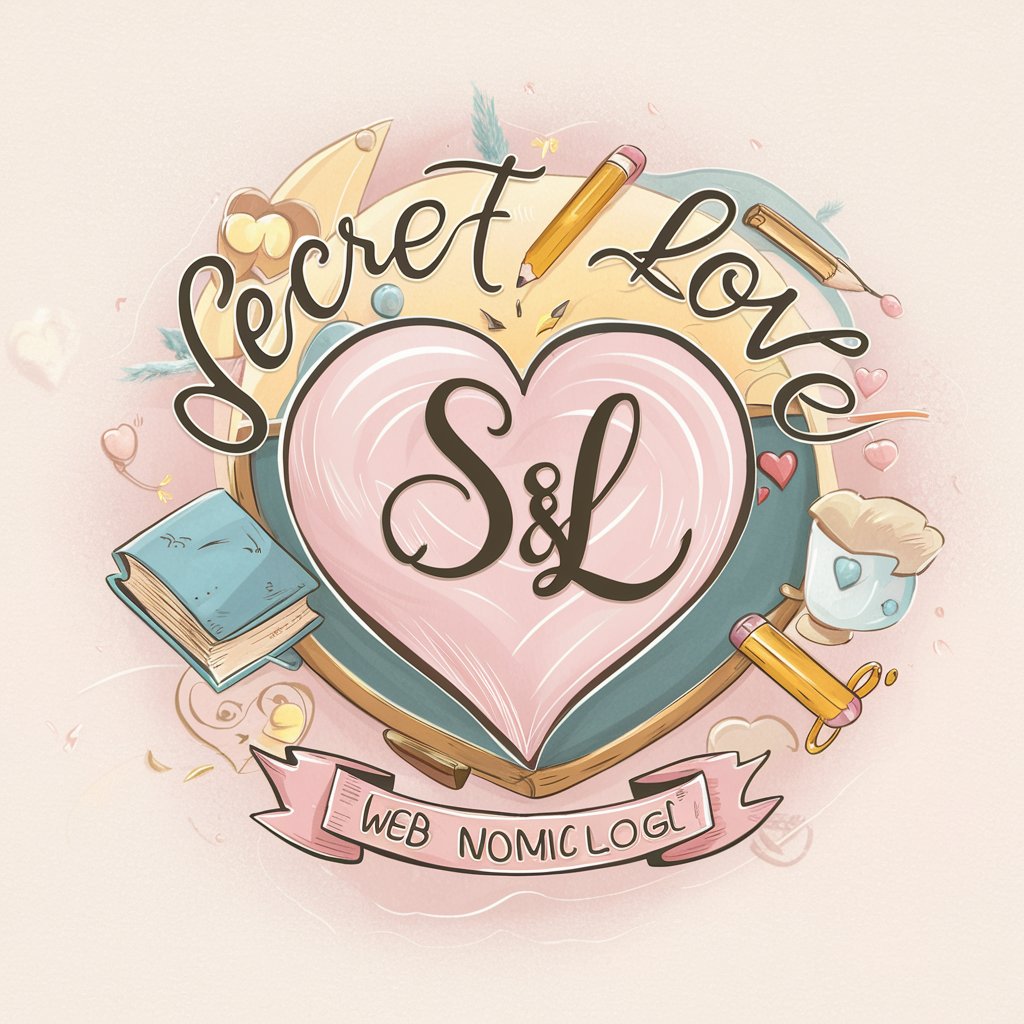
JARVIS-GPT
Empowering creativity and innovation with AI
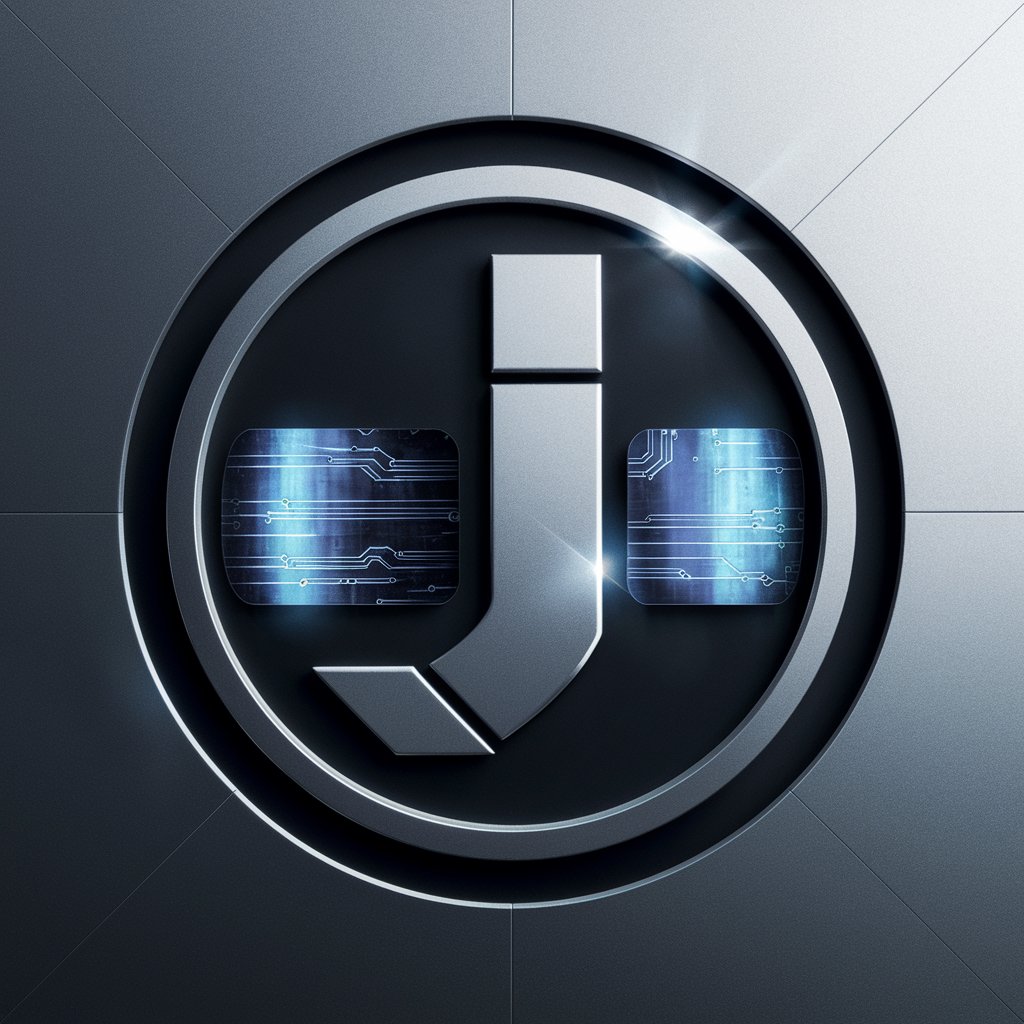
ラプラスの悪魔
Predicting Your Future, Powered by AI

MediScan AI
Empowering healthcare with AI-driven insights.
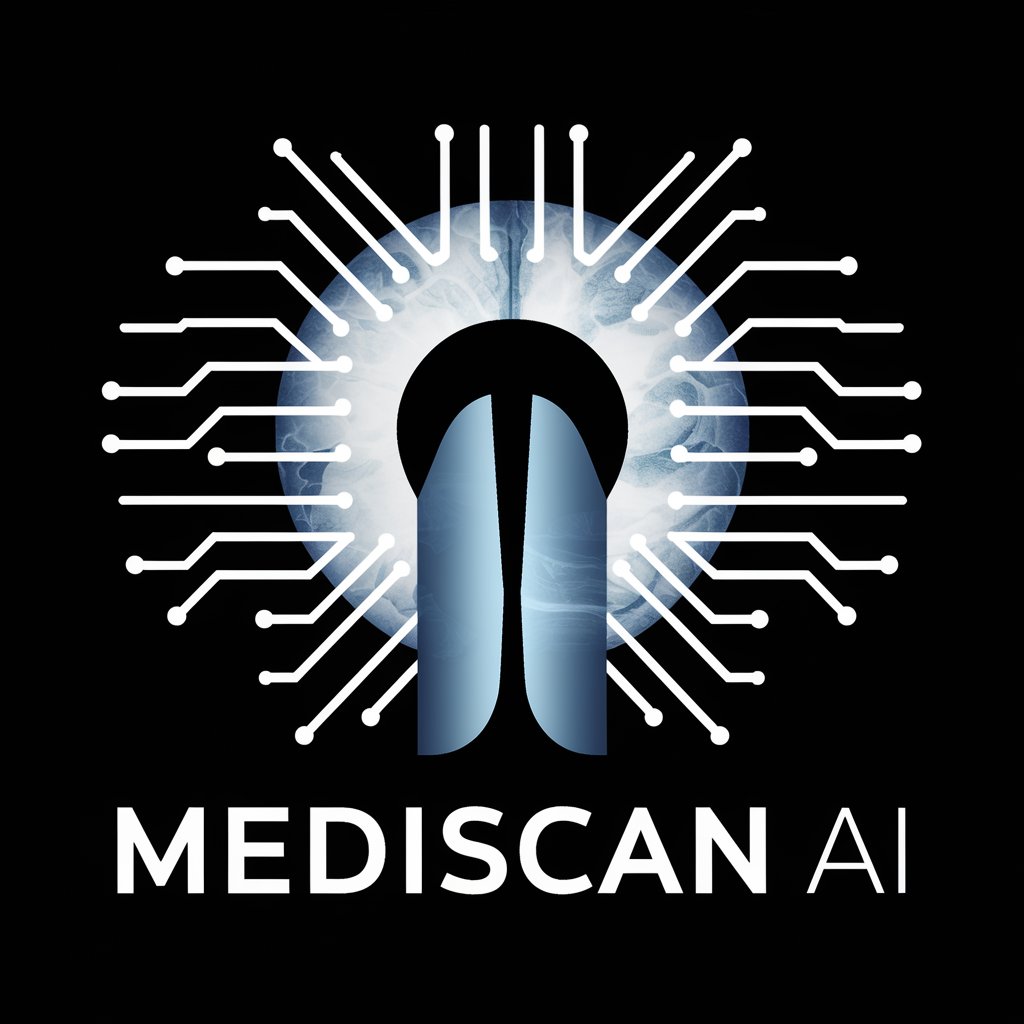
Frequently Asked Questions about EssayGPT 2.0
What academic levels does EssayGPT 2.0 cater to?
EssayGPT 2.0 is designed for various academic levels, including undergraduate, graduate, and postgraduate studies, offering tailored assistance for each.
Can EssayGPT 2.0 help with citation and formatting?
Yes, it supports major citation styles like Chicago, MLA, and APA, and assists with formatting according to academic standards.
Is EssayGPT 2.0 suitable for non-native English speakers?
Absolutely, it provides clear, coherent essay assistance and can enhance the writing skills of non-native English speakers.
How does EssayGPT 2.0 ensure the uniqueness of essays?
It generates original content based on user inputs, ensuring that each essay is unique and tailored to specific guidelines.
Can I get feedback on my existing essay drafts?
Yes, you can upload your draft for a comprehensive analysis, including suggestions for improvement on structure, arguments, and clarity.

